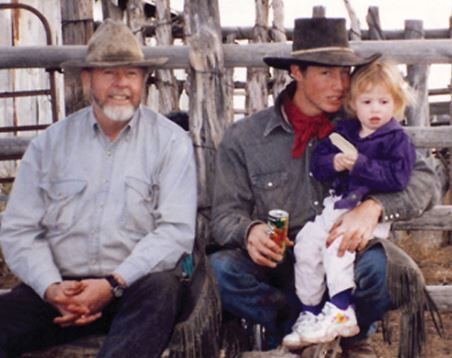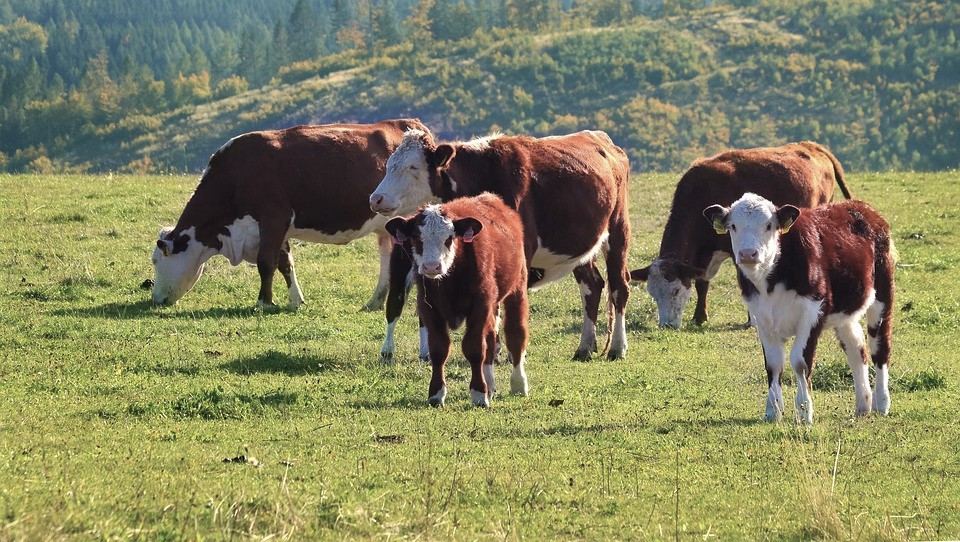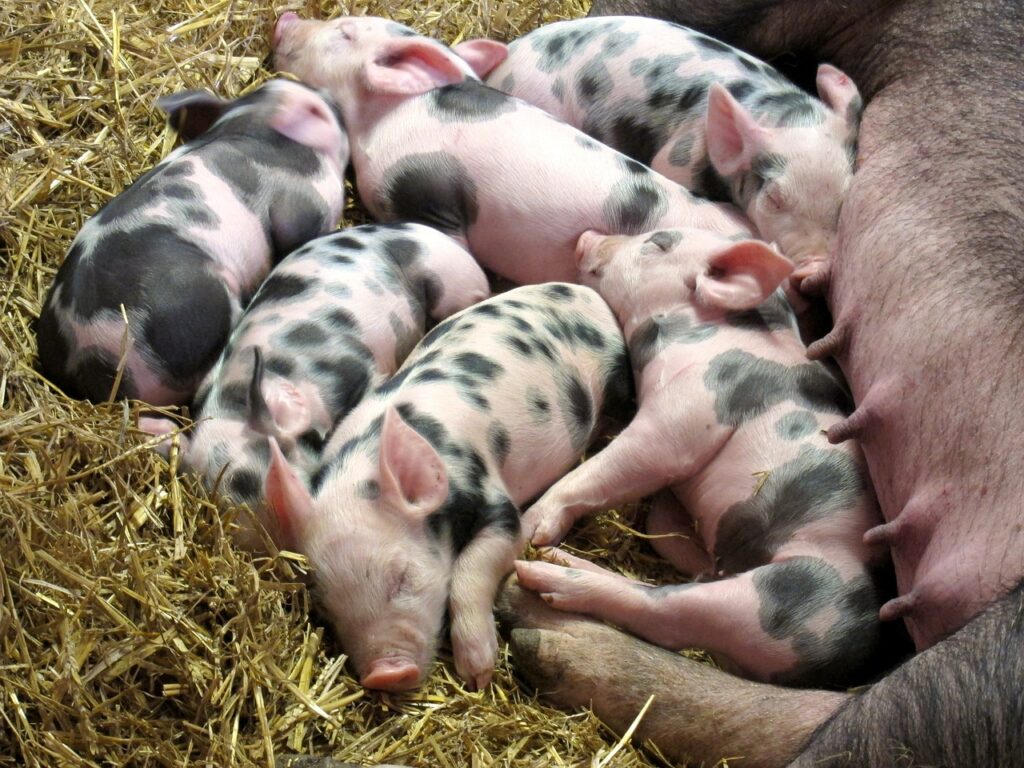As posted by Protect the Harvest
WESTERN WATERSHEDS PROJECT: WELFARE ENVIRONMENTALISTS
Western Watersheds Project litigates at taxpayer expense and threatens rural economies
Founder with True Contempt for Cattle
Western Watersheds Project (WWP) began as Idaho Watersheds Project (IWP) in 1993. Its founder, Jon Marvel, who was raised in the East, began visiting Idaho as a child. He started developing contempt for ranchers early on, when cows from neighboring ranches would get onto the Marvel property, graze, and leave the occasional unsightly cow-pie. In Idaho and other open range western states, it is a property owner’s obligation to fence their property adequately to keep animals out; it is not the livestock owner’s obligation to keep their animals out of someone’s property when the fences aren’t sufficient.
In the 1960s, Marvel relocated permanently from back east to the Sun Valley, Idaho area, where he worked as an architect from 1977 to 2008. Following various encounters with livestock and their droppings, Marvel’s youthful grudge eventually grew into a full-on vendetta against ranchers who owned grazing allotments and water rights on public lands.
It is important to note for those unaware, grazing allotments and water rights are taxable, transferrable assets.
Jon Marvel, who was raised in the East, began visiting Idaho as a child. He started developing contempt for ranchers early on, when cows from neighboring ranches would get onto the Marvel property, graze, and leave the occasional unsightly cow-pie.
Unreasonable Animosity Toward Ranchers
After seeing purported damage to a riparian area (defined as the interface between the land and a river or stream) in Idaho’s Salmon River area, Marvel joined with two other local environmentalists in soliciting donations to outbid ranchers for state land leases. Thus, in 1993, Idaho Watersheds Project (IWP) was born. This was the beginning of a no-holds barred war on commercial public land uses that has lasted over a quarter-century and continues to this day.
As IWP expanded their scope beyond Idaho, the name changed to Western Watersheds Project in 2001. From the very beginning, Marvel was brash about IWP/WWP’s mission. Their goal is to end all public land grazing, but it goes far beyond that to an unreasonable animosity toward the ranchers themselves, regardless of the condition of their range or riparian areas.
Immature Name Calling and Theatrics are Marvel’s Stock In Trade
Marvel is often thought to have coined the term “welfare rancher”. He has been repeatedly quoted calling public land ranchers, “welfare ranchers,” “welfare queens,” “champion whiners,” and “criminals,” and saying things like, “In most cases, it doesn’t take a smart lawyer to figure out how stupid ranchers are.”
He is known for what one journalist referred to as “angry and theatrical performances,” and to yell at not only ranchers but at government officials during meetings. A favorite ploy of his is to take a pacifier to meetings and when ranchers start what Marvel calls “whining,” set it on the table.
He once likened his efforts to drive public land ranchers into financial ruin to “smallpox contaminated blankets.” His odious tactics did win him certain following and donations, but also caused some environmental activists to distance themselves from him and WWP.
Abuse of the Equal Access to Justice Act
The original intent of the EAJA has been bastardized and abused extensively by environmental extremist NGOs like WWP, Center for Biological Diversity (CBD), and WildEarth Guardians (WEG). To note, these three groups have recently joined in a lawsuit against the Federal Government for reinstating the grazing permits of the Hammond Family in Harney County, Oregon.
Read the Hammond Article HERE.
The Equal Access to Justice Act (EAJA) was originally put in place in 1980 to help individuals and small organizations who were injured, were in imminent threat of injury, or were likely to suffer irreparable harm. Later legislation in 1995 removed such limitations and left wide loopholes for the Act to be exploited. Strata, a public policy organization with the mission to, “Help people make informed decisions about issues that impact the freedom to live their lives”, provides information about the Equal Access to Justice Act (EAJA). Their website states: “the EAJA was designed to allow those with limited resources to engage in the legal process when government agencies violate their own rules.”
“In other words, EAJA reimburses various groups for litigation costs when those groups lack the resources to take on the government. If the government is found to have violated its own policy, the government will pay the litigation costs to the plaintiffs.”
American Taxpayers Left to Foot the Bill
In a 2012 Fox News article, Sen. John Barrasso R-Wyo. said about the EAJA, “It was intended for helping our nation’s veterans, seniors and small business owners, but environmental groups have hijacked the so-called Equal Access to Justice Act and abused it to fund their own agenda…Then you have small businesses and the American taxpayers left to foot the bill.”
Since Congress removed the reporting requirements for EAJA payments, it is difficult to find out exactly how much money which groups have been awarded, and for which cases. Nevertheless, you don’t need all the pieces of the puzzle to get the big picture.
The Fox News article further stated: “The exact taxpayer cost of the Equal Access to Justice Act remains unclear. The General Accounting Office, or GAO, tracked 525 legal fee reimbursements that totaled $44.4 million from 2001 through 2010, but found that only 10 of 75 agencies within the U.S. Department of Agriculture and Department of Interior could provide data on cases and attorney fee reimbursements.”
Welfare Ranchers or Welfare Environmentalists?
Marvel’s “welfare rancher” term refers mainly to the fee paid by ranchers to graze public lands, which is intentionally calculated to be less than the cost of grazing livestock on leased private land. The fee is determined annually by a formula put in place with the Public Rangelands Improvement Act of 1978 (PRIA) and continued by a 1986 executive order by President Reagan. According to a Congressional Research Service report, “The fee is based on grazing of a specified number of animals for one month, known as an animal unit month (AUM). The fee is set annually under a formula that uses a base value per AUM. The base value is adjusted by three factors—the lease rates for grazing on private lands, beef cattle prices, and the cost of livestock production.”
The truth of the matter is that ranchers are some of the only public land users that actually pay for use. In addition to the fees paid by ranchers to utilize their grazing rights, ranchers invest a great deal of time and money in installing and maintaining fences, gates, access roads, and water resources that greatly benefit wildlife. For example, ranchers often install troughs or tanks at naturally occurring springs so the water can be collected and efficiently utilized by both livestock and wildlife. Access roads not only benefit sportsmen but are also vital in fire suppression efforts. Another huge benefit of public land ranching is the reduction of fuel loads, which greatly lessens the intensity and duration of wildland fires.
According to the Department of the Interior, public lands grazing contributes $1.5 billion to the U.S. economy annually, and actually saves the taxpayers money– $750 million per year, to be exact—since ranchers’ contributions to grazed land reduces the workload for government agencies.
Hypocrisy At Its Finest – Environmental Non-Governmental Organizations Make An Obscene Amount of Money Off of The American Taxpayer
For Marvel to call public land ranchers “welfare ranchers” is incredibly hypocritical since WWP relies on taxpayers’ money to fund their incessant litigation. While WWP is relatively small and new compared to groups like the Sierra Club, the WWP’s aggressive and unforgiving style has set them apart in the community of environmentalist non-governmental organizations (NGOs). Their website brags that “No other conservation group has such an ambitious public lands grazing litigation program.”
It’s easy for WWP to be “ambitious” when the great majority of their legal fees are paid for by the American taxpayer via the Equal Access to Justice Act (EAJA). Essentially, most of the income that keeps WWP going comes directly from suing the government.
Marvel’s hypocrisy spills over to his for-profit business as well. He apparently sees no issue with his chosen profession’s role in destroying the wide-open West he claims to love and defend, as mansions of his design litter the greater Wood River Valley area.
Slight Procedural Oversight Equals Incalculable Funneling of Taxpayer Money to NGOs
Standard practice for WWP is to cite slight procedural violations of the Endangered Species Act, the Clean Water Act, and the National Environmental Policy Act in their massive number of lawsuits against the Federal Government. An October 2014 report by Strata.org about Western Watershed Project (WWP) stated: “The issue is WWP could not fund their legal program without EAJA, and as such they have filed a very disproportionate number of lawsuits. These lawsuits are regularly over frivolous and procedural issues… Bearing in mind their financial limitations, the numerical data we have about WWP’s reception of EAJA reimbursements make clear that fee-shifting statutes like EAJA are what have kept WWP up and suing.” WWP was awarded $1,150,528 in lawyer fees from 2000-2009.
A report by Karen Budd-Falen found that the average EAJA reimbursement in Endangered Species Act cases was $490.73 per hour and as much as $775 per hour.
Interestingly, review of WWP’s available 990 tax forms online show that from 2011 to 2017, the group received income in the category of “gifts, grants, contributions, and membership fees” totaling $5,615,458, but that the majority of their claimed legal fees were still paid by the American taxpayer. A Notre Dame Journal of Legislation article stated that the EAJA law once had a noble purpose, but has produced instead an “incalculable waste of taxpayer money.”
Marvel Uses Bribe Money to Buy and Retire Grazing Permits
While Marvel no longer leads the WWP, he continues to serve on the advisory board. WWP’s up-front public relations may have softened some without Marvel and his vitriol at the helm. However, the deep-seated hatred for commercial public land use remains, targeting not only the ranching industry, but the gas, oil, and mining industries as well.
Marvel has his fingers in additional environmental ventures. He is vice-president of Sagebrush Habitat Conservation Fund (SHCF). The Fund was founded in 2010 through a settlement with Ruby Pipeline LLC, a subsidiary of El Paso Corporation. The company needed to put in a 680-mile natural gas pipeline from Opal, Wyoming to Malin, Oregon. Not wanting to deal with litigation from WWP, El Paso Corp. agreed to pay SHCF $15 million over a 10-year period for the purposes of buying and retiring federal grazing permits. So far, the group has “retired” 600,000 acres so far, and are in the process of eliminating production on 2,000,000 more.




WWP and Jon Marvel have figured out how to make the system work for themselves.
Guess 1 can’t blame them for that.
Obviously some Good Idea Changes to supposed non profit status companies could help all of us.
Some changes to EAJA are perhaps needed too.
I doubt our leaders will change anything.
Govt just gets larger to handle more obvious waste, fraud and abuse.